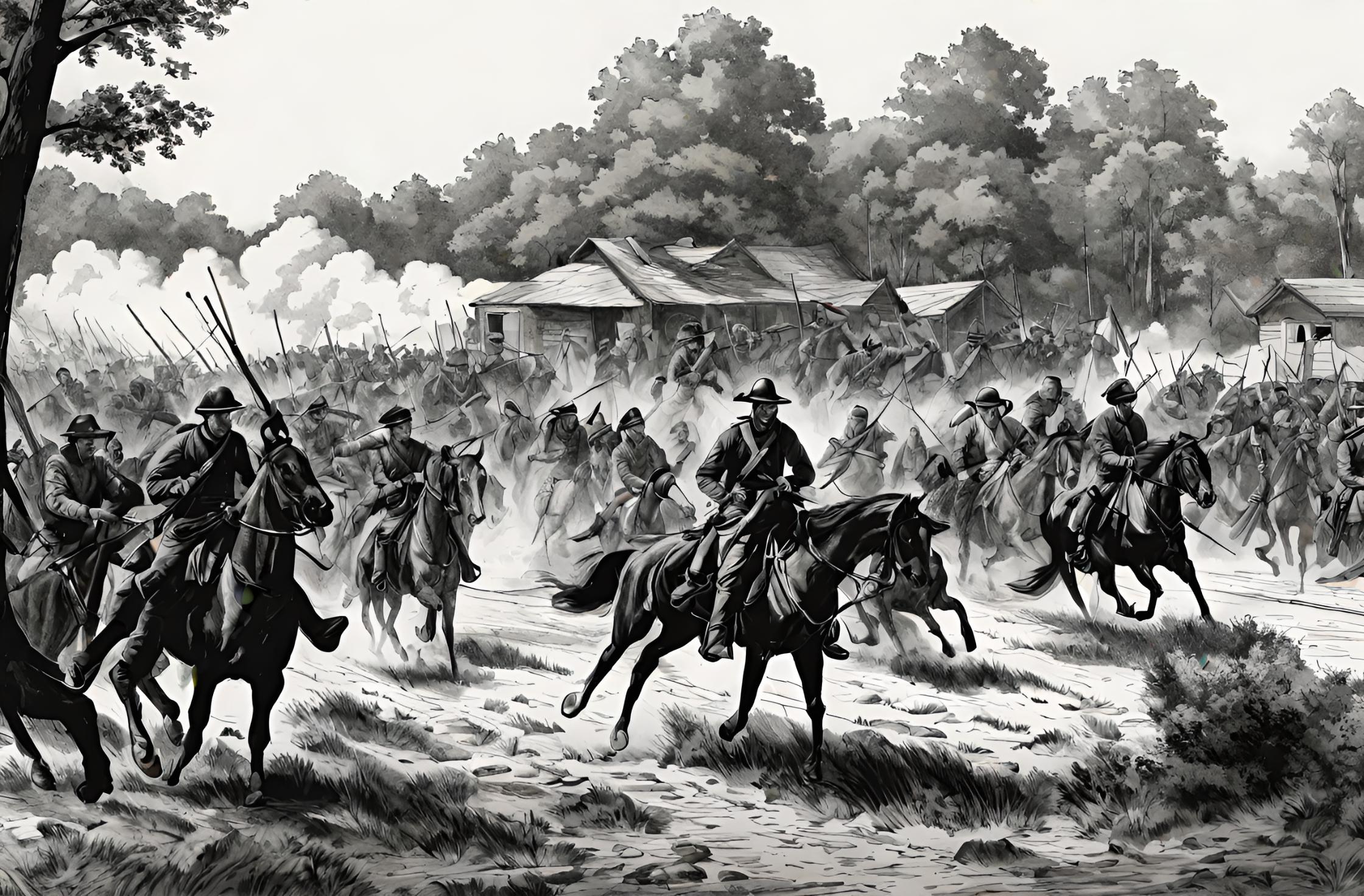Flashback to April 26
American History

1971
The 6.4 on the Richter Scale Sylmar earthquake hits the San Fernando Valley area of California.
Read moreOn February 9, 1971, the San Fernando Valley area of California experienced a devastating earthquake measuring 6.4 on the Richter Scale. Known as the Sylmar earthquake, this seismic event caused significant damage to buildings and infrastructure, resulting in multiple casualties and widespread destruction. Let’s delve into the details of this historical earthquake and its impact on the affected region.
The Sylmar earthquake struck at 6:00 a.m., catching residents by surprise and leaving them vulnerable to its destructive power. With its epicenter located near the Sylmar neighborhood in Los Angeles, the quake had a strong impact on the San Fernando Valley area. The shaking was felt as far as 100 miles away, affecting adjacent cities and counties.
As expected, the earthquake wreaked havoc on buildings and structures throughout the San Fernando Valley region. Many properties, including hospitals, schools, and residential homes, suffered severe damage. In particular, two hospitals, the Olive View Medical Center and the Veterans Administration (VA) Hospital, were hit hard, resulting in tragic loss of life. The collapse of the VA Hospital’s north wing led to the deaths of 49 people, including patients, staff, and visitors.
The destruction caused by the Sylmar earthquake was not limited to buildings alone. The extensive damage to the infrastructure had a significant impact on the daily lives of the affected residents. Roads and highways were rendered impassable, bridges collapsed, and gas and water lines ruptured. The disruption of these essential services posed additional challenges to the ongoing rescue and relief efforts.
In the aftermath of the Sylmar earthquake, several measures were taken to mitigate future seismic risks and promote better disaster preparedness. The structural vulnerabilities identified during the event led to stronger building codes and regulations being implemented in the region. These changes aimed to ensure that structures can withstand seismic activity and provide better protection for residents in the event of future earthquakes.
The Sylmar earthquake also highlighted the importance of emergency response and preparedness. Efforts were made to improve communication systems and establish robust emergency response plans. This included the establishment of the California Earthquake Prediction Evaluation Council (CEPEC) to focus on earthquake research and prediction in the state.
Over time, the San Fernando Valley area has made significant strides in recovering from the Sylmar earthquake and reducing its vulnerability to future seismic events. However, the threat of earthquakes remains ever-present, as California sits atop several active fault lines. This reality necessitates ongoing efforts to raise awareness, improve infrastructure, and ensure the safety of residents.
the Sylmar earthquake of 1971 had a profound impact on the San Fernando Valley area of California. The destruction it caused served as a wake-up call, prompting changes in building codes, emergency response plans, and infrastructure improvements. While progress has been made over the years to mitigate seismic risks, it is crucial for individuals and communities to remain vigilant and prepared for future earthquakes. By learning from the lessons of the past, we can strive for a safer future in earthquake-prone regions like California.
We strive for accuracy. If you see something that doesn't look right, click here to contact us!
Sponsored Content

Battle of Durham Station,…
On April 26, 1865,…

Dow Jones Industrial Average…
On April 26, 1983,…

John Norrie McArthur, malariologist/microscopist,…
On April 26, 1996,…

Odd Fellows Lodge is…
Established on April 26,…

